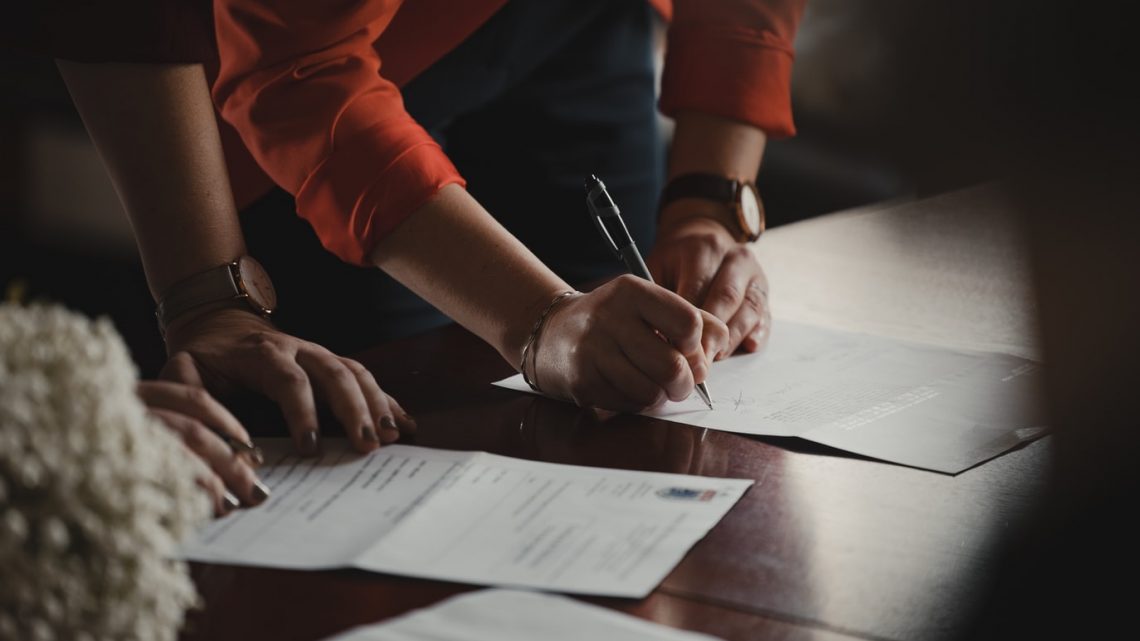
What is personal insolvency?
When you’re in a bind with money, it’s intimidating. It may have a significant influence on your life and if left unaddressed might lead to a number of intricate and continuing legal difficulties.
The information on this page is intended to help you understand how the procedure works and what you should expect. It’s time to make a complaint once you’ve decided which of your neighbors’ fences is out of bounds. It’s necessary to submit an official request with proof of compliance for each adjacent neighbor in order to complete the process.
Personal bankruptcy is the term used to describe someone’s refusal or inability to pay their financial obligations and expenses. In other words, their liabilities exceed their assets and their income. It’s important to note the difference between short-term money difficulties that can be overcome quickly and a long-term lack of earnings that can’t be immediately addressed by reducing spending.
Company bankruptcy is sometimes referred to as corporate bankruptcy, although this isn’t always the case. A personal bankruptcy, on the other hand, refers to your financial status rather than a firm’s. However, if you operate a business as a single trader, your company and personal assets are essentially identical. You will be solely responsible for any debts incurred while operating your business.
Even if the debt is due to an associate’s financial difficulties, you are accountable for any debts incurred by the firm. Sometimes, insolvency can occur because you’ve been a victim of corporate fraud.
Types of insolvency
There are two basic types of insolvency: cash flow and balance sheet
Cash flow insolvency
When a person’s assets exceed their liabilities, they become cash-flow insolvent. They may not be able to do so because the liquid capital on hand isn’t enough to pay off critical debt. While they own real estate that is worth more than their debt, for example.
Balance sheet insolvency
You are in debt if the total value of your possessions is less than the total amount you owe. When the quantity of money owed exceeds the value of your assets on the balance sheet, you have financial insolvency. This condition is critical, but it doesn’t necessarily indicate that a person’s finances are completely ruined. They may only legally make a payment if it benefits everyone else.
What are the signs that I might be insolvent?
Even for the individual who is suffering from them, financial problems may not always be apparent. Personal bankruptcy can be dangerous and hard to detect; it might creep up on you gradually. It isn’t always caused by exorbitant spending or significant overspending, but it could develop with time if your income doesn’t match your responsibilities.
It’s critical to evaluate your present finances if you believe you’re on the verge of bankruptcy. It is critical that you be honest with yourself and seek expert assistance. Why not contact Richardson Lissack for further assistance?
